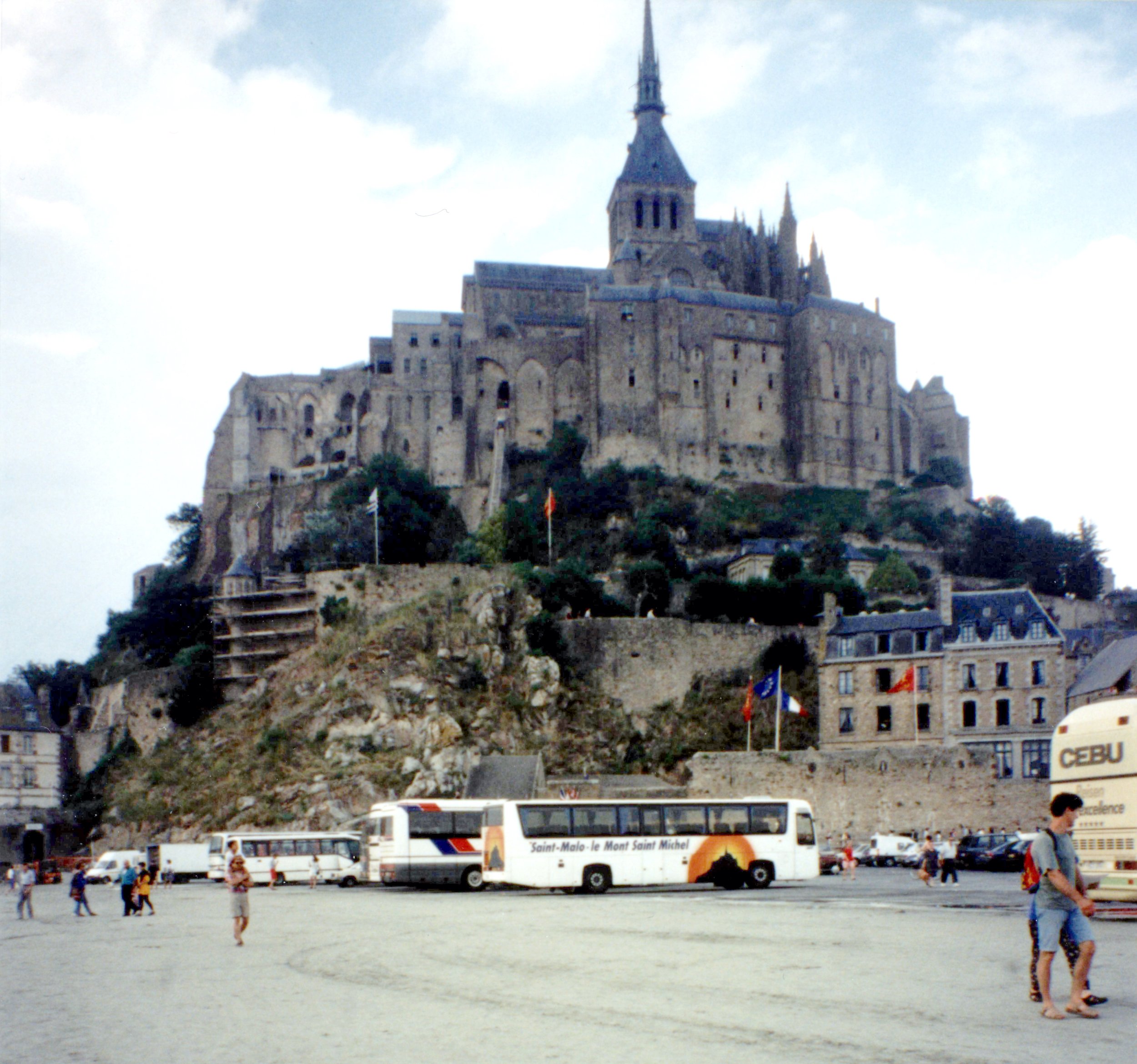
Cityland Essays:
Form Your City

Does Land Think?
Does the land think? What does it say? Can land feel, touch, see, hear, move? What defines the land?
Most people do not think of land as an organism that acts in a conscious way. People discuss land as a solid substance that comprises part of the “natural” environment. On the other hand, when people discuss the “built” environment they refer to it as a separate entity placed on top of the land…

Conversations With The Land
We can listen to the land by observing its places, whether it is a small place like a doorway, or a monumental space like a beachfront. For planners, observing places must occur before we propose changes in a community. Observing places occurs self-consciously when we conduct a so-called “windshield survey”, tour a neighborhood on foot, or review photographs and historic maps.

Mapping Conversations With The Land
There is no such thing as an accurate map. In fact, an accurate map would be a fiction – it would contradict the idea of the map which is to create a collective judgment about the land and avoid attention to non-meaningful data. The more detail planners add to a map the less they demonstrate a collective judgment about the relevant places that are the subject of the map. Inevitably when presenting a planning concept to a community someone looks at the map and states “the map is wrong.”

The Context Of Forms And Places
Before imposing ideas on the land planners should first listen to and respect the context on the land. Planners may not like the context, but before they “fix” it they should see if it is really “broken”. The physical form of the land changes constantly. Some aspect of the form is always moving, increasing, or decreasing — sometimes the context changes minute-by-minute and sometimes over centuries.

Responding To Context
The best professional practice recognizes the value of both standardized as well as customized solutions. Often, however, planners adopt these two approaches for the wrong reasons or use them in the wrong way.

Public And Private Places
Urban design first considers the form of the community in a relatively non-political manner, using maps of buildings as a starting point for looking at the patterns. These figure-ground maps, modeled after Nolli’s famous map of Rome, depict the formal structure of a city the way an x-ray depicts the anatomy of the human body.

Finding The Right Form
…Form does not follow function — it follows other forms. The existing forms, (the “context”) is the place to start the search for new forms that are the subject of planning and urban design. The elements of city form, the places, vary in each city — streets, plazas, places, parks, roads, patterns, grids, edges, and so on.